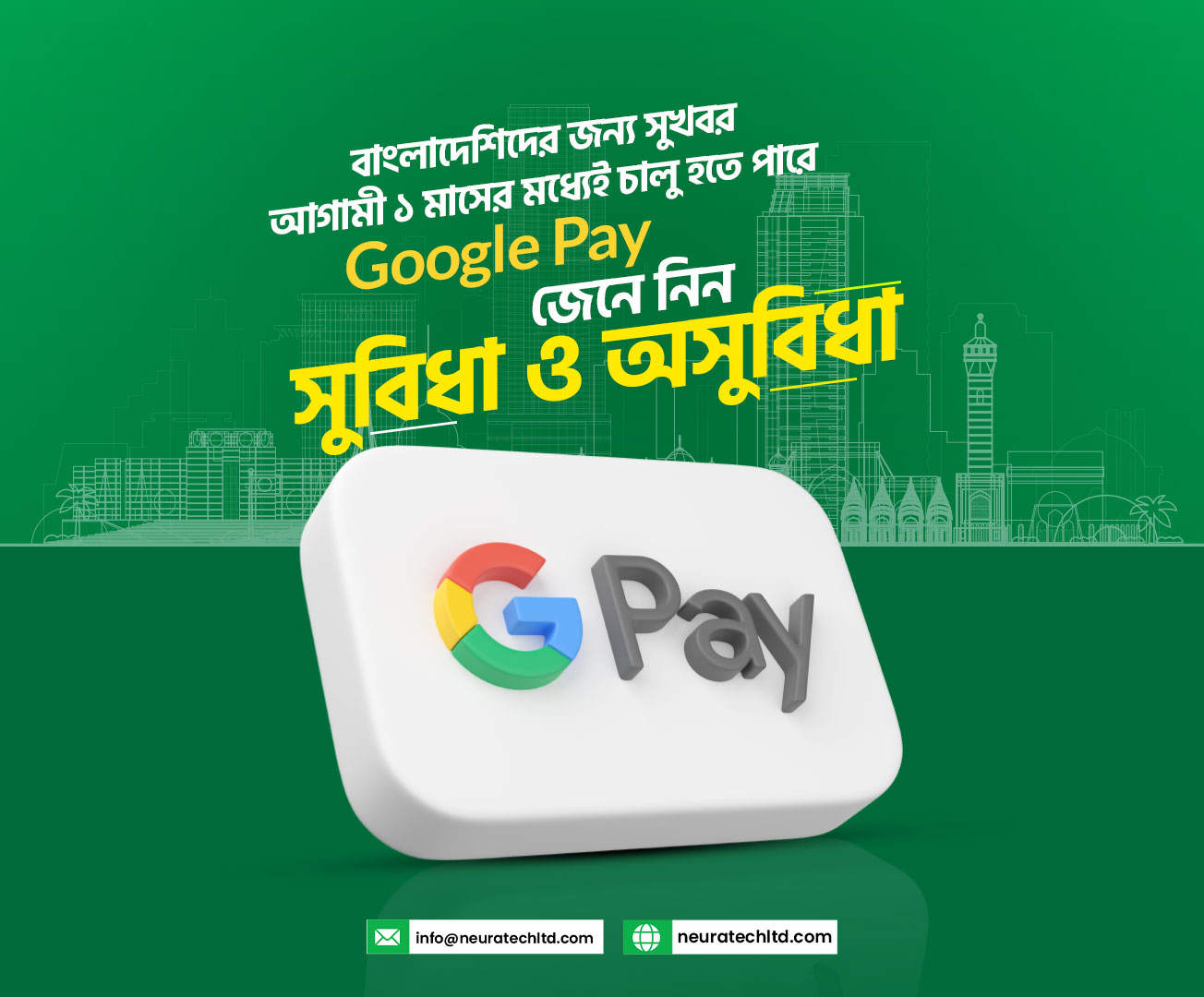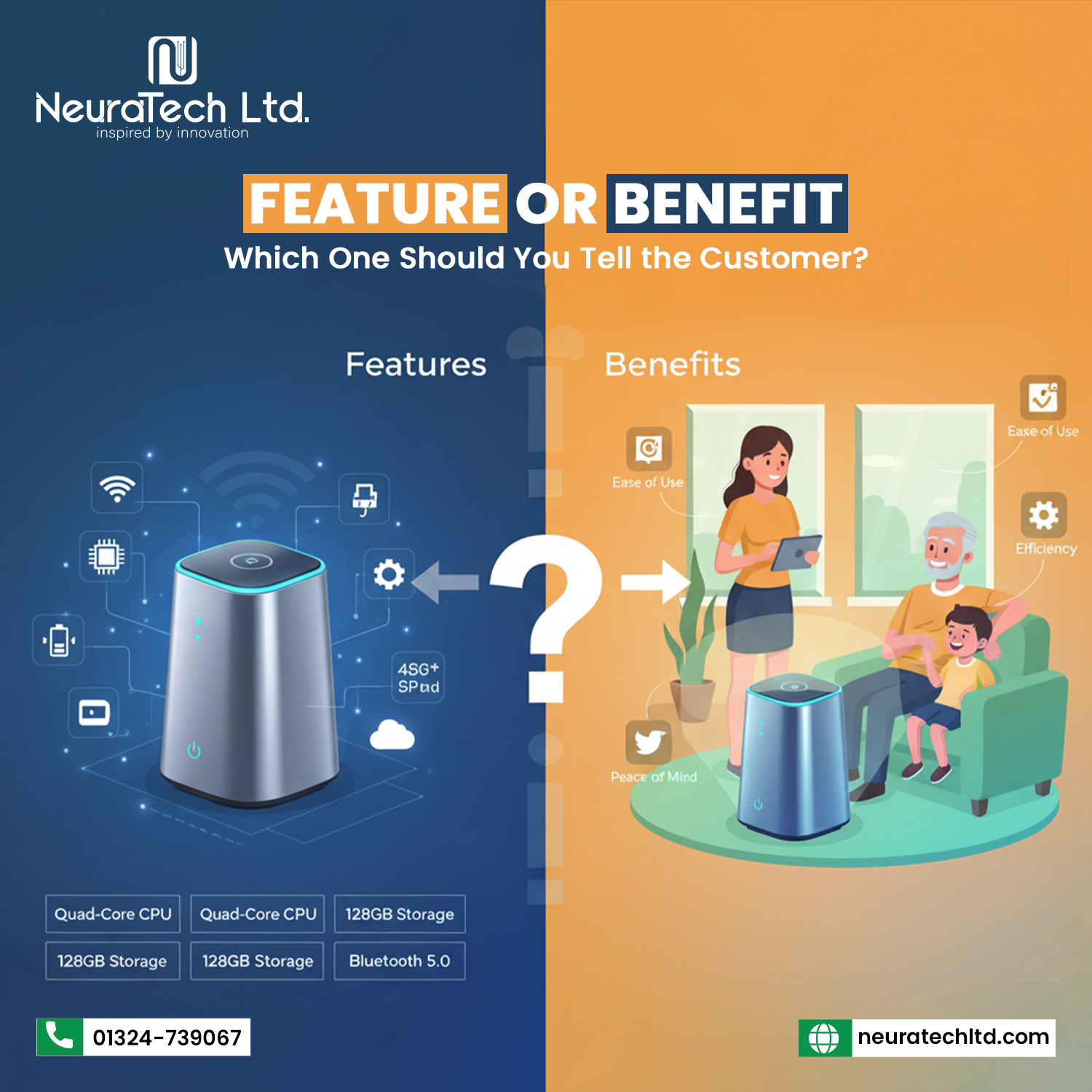
If you’ve ever hit the “Boost Post” button on Facebook or Instagram, you’re not alone. It’s one of the most commonly used features by small business owners trying to increase visibility. It’s quick, easy, and seems effective—at least on the surface.
But here’s the truth: while boosting a post might get you more likes, it rarely leads to consistent growth or real revenue. If your goal is to drive sales, generate leads, or build a customer base, you need to understand the difference between a boosted post and a strategic ad campaign. The difference isn’t subtle—it’s fundamental.
A boosted post is essentially paying to amplify a piece of content that already exists on your feed. You pick a budget, choose an audience (usually basic: age, gender, location), and set a timeframe. Facebook or Instagram will then show that post to more people than it would normally reach organically.
But here’s what’s important to understand:
- A boosted post is not built with a specific objective like “drive purchases” or “capture email leads.”
- The targeting is limited—based on broad interests or followers.
- You’re promoting a single post, often with no follow-up or larger marketing structure behind it.
In short, you’re buying reach. That can be fine for brand awareness or visibility, but it doesn’t guide people toward becoming customers.
A strategic campaign is a fully planned advertising system. It’s not about one post—it’s about the entire path your customer takes, from seeing your brand to taking action.
Here’s how it works:
1. Clear Objective: Every campaign is set up with a goal—sales, lead generation, traffic, event sign-ups, etc.
2. Audience Strategy: Instead of broad interest groups, strategic campaigns target behavior, lookalikes, retargeting lists, and people in specific stages of the buying journey.
3. Multiple Creative Variations: Instead of promoting one post, strategic ads test different headlines, visuals, and messaging to see what performs best.
4. Funnel Thinking: Campaigns often have multiple steps—introducing your brand, educating the audience, making an offer, and following up.
5. Performance Tracking: Everything is tracked and measured. If an ad isn’t performing, you can adjust. If one message is working, you can scale it.
This structure allows you to not just get seen—but actually drive action.
Boosted posts might look good on the surface. You might see more likes, a few comments, maybe even some new followers. But most of the time, that’s where it stops.
Here’s why:
- No real intent: People scrolling through Instagram aren’t always ready to buy. A boosted post doesn’t give them a reason or next step.
- Limited targeting: You’re often showing your content to people who are not likely to take meaningful action.
- No tracking: You won’t know how many people clicked through and purchased—or what worked and what didn’t.
You end up with “vanity metrics”—numbers that feel good but don’t build your business.
Let’s say you're launching a new product. A strategic campaign would:
- Run top-of-funnel ads to cold audiences to introduce the product.
- Use retargeting to show follow-up ads to people who clicked but didn’t buy.
- Send special offer ads to people who added the product to their cart but didn’t complete the purchase.
- Track performance through every stage to know what’s working and what needs improving.
This is how you build systems that generate repeatable results. You're not just “putting content out there”—you’re guiding people to take action.
If you’ve been frustrated with ads that don’t convert, it’s not because Facebook or Instagram advertising doesn’t work. It’s likely because the approach has been too simplistic—boosting without a real plan.
Boosted posts are like handing out business cards to strangers in a crowd. A strategic ad campaign is like inviting the right people into a conversation, answering their questions, showing them why your product matters, and helping them buy with confidence.
If you’re spending money on ads, make sure that money is doing real work. Visibility is nice—but conversions build businesses.

15 May 2025, 6:21 AM

29 May 2025, 11:15 AM

1 June 2025, 10:51 AM

15 June 2025, 11:51 AM

15 June 2025, 6:41 PM

3 August 2025, 4:54 PM

3 August 2025, 4:54 PM

12 August 2025, 5:19 PM

28 August 2025, 5:38 PM

3 November 2025, 2:30 PM

4 November 2025, 3:36 PM
